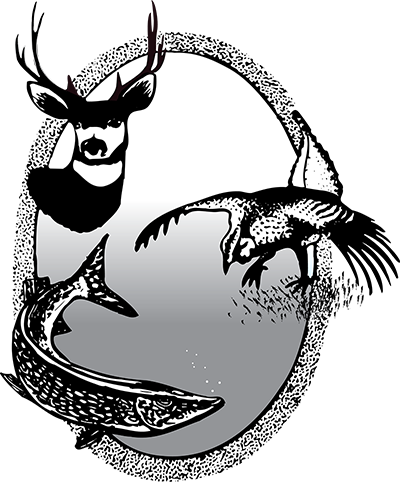Youth, Military Waterfowl Weekend
Introduce a youngster to duck hunting during North Dakota’s two-day youth waterfowl season Sept. 20-21. In addition, the special veteran and active military personnel waterfowl season is set for the same weekend.
The North Dakota Game and Fish Department has a Virtual Duck Hunting Mentor webpage with all the basics, including license requirements, regulations, gear recommendations and tips for finding a place to hunt.
Legally licensed resident and nonresident youth waterfowl hunters 15 and younger, and veterans and members of the Armed Forces on active duty, including members of the National Guard and Reserves on active duty (other than for training), may hunt ducks, geese, coots and mergansers statewide.
All waterfowl hunters must possess a waterfowl habitat restoration electronic stamp.
Resident and qualifying nonresident youth waterfowl hunters must possess a general game and habitat license.
Veterans and members of the Armed Forces must possess a resident hunting license, which includes a general game and habitat license and a small game license.
Hunters 16 and older must also possess a federal waterfowl stamp, and youth 12 and older need to have passed a certified hunter education course.
In addition, all hunters must be Harvest Information Program certified. Hunters who do not HIP certify when they buy a North Dakota license can add it by visiting the state Game and Fish Department website at gf.nd.gov.

 North Dakota Game and Fish Department
North Dakota Game and Fish Department